Description
Medical Portable BIPAP Machine VENTMED DS-8 SPECIFICATIONS
| TITLE | SPECIFICATIONS |
|---|---|
| Model | BiPAP DS-8 |
| Dimensions(mm) | 280L x ? 140W x 95H |
| Power Supply | Input?100-240V, ? 50-60Hz, 2-1A Output?+24V, ? 2.5A |
| Working Mode | CPAP, S, T, ST |
| Screen | 2.8 inch TFT, 320 x ? 240 |
| Data ? Storage | SD Card |
| DC ? Voltage | 24VDC |
| DC ? Current | 2.0A ? maximum |
| Sound | <28dba |
| Pressure ? Range | 4-30cmH2O |
| IPAP | 4-30cmH2O |
| EPAP | 4-20 ? cmH2O |
| Backup ? Rate | 5-30/min, ? adjustable |
| I/E | 10-80% |
| Ramp ? Item | 0-60min ? adjustable 1min/Step |
| Auto ? ON | Yes |
| Auto ? OFF | Yes |
| Expiration ? Pressure Relief (EPR) | Yes |
| Auto-Altitude | Yes |
| Leak ? Compensation | Yes |
| Awake ? Detection | Yes |
| Breath ? Event Detection | Yes |
| Auto ? Pressure Titration | N/A |
| Water ? Capacity | 220ML max |
| Humidifier ? Level | 0-5 level |
| Humidifier | Integrated Heated ? Humidifier |
WHAT IS BIPAP
BiPAP is a method of breathing support that is often used to treat central sleep apnea and central sleep apnea(both OSA and CSA), but it’s not used for life support. Many of the components of a BiPAP machine are the same as the standard CPAP machine.
It can provide the correct airway pressure to prevent or even correct disordered breathing such as all kinds of sleep apnea, hypopnea, air flow restrictions, COPD and snoring.
Ventmed Bi-level Positive Airway Pressure (BiPAP) with EPR (Expiratory Pressure Relief ) offers the ultimate in sleep therapy comfort. It combines auto adjusting pressure delivery with the breath-by-breath pressure relief for most natural sleep therapy. It also can provide non-invasive ventilation for patients with respiratory insufficiency in the hospital or home.
The key distinguishing feature of BiPAP is that the pressurized air is delivered at two alternating levels: inspiratory positive airway pressure(IPAP) and expiratory positive airway pressure(EPAP).
The inspiratory positive airway pressure is higher and supports a breath as it is taken in. Conversely, the expiratory positive airway pressure is a lower pressure that allows you to breathe out.
These pressures are preset and alternate just like your breathing pattern to make you get more comfortable.
Ventmed BiPAP series products sound are below 28dba! Make patients to get quietest sleep environment!
Accurate heated control to ensure comfortable feeling!
The intelligent control system provides patients the reliable therapy!
Professional/precision and innovative tracking technology ensures accurate and comfortable therapy.
What is OSA
Obstructive Sleep Apnoea (OSA) refers to any disorder in which there are breaks or pauses in a person’s breathing during sleep. Most people who have OSA also snore, but not all snorers have OSA. Diagnosing OSA needs to be done in a sleep centre/sleep clinic/home and requires at least one Nocturnal sleep study(sleep monitor) device or Polysomnogram (PSG), which measures various physiological functions during the stages of sleep. A trained sleep technician monitors the patient continuously during the test. Then, the results are evaluated by a sleep disorder specialist, a diagnosis is made and a treatment plan is proposed.
The most effective means of treating OSA is by Continuous Positive Airway Pressure (CPAP). In this highly effective therapy, a mask is worn over the nose during sleep. Nasal CPAP makes the person to sleep and breathe normally. The airflow required must be determined through testing during sleep which is done during an overnight by sleep study(sleep monitor) device or PSG.
OSA left untreated is associated with a much poorer long term outcome and increases the risk of heart, cardiovascular, pulmonary and other diseases.
Disruption of sleep caused by frequent interruption of breathing, leading to excessive daytime sleepiness, irritability, memory lapses, inattention, personality changes, poor work performance, increased likelihood of driving and industrial accidents. Dangerously low levels of oxygen can lead to potential heart problems and other health disorders, including: depression, mood changes, memory loss, weight gain, impotency and headaches. Pressure changes in the throat can lead to an irregular heartbeat. There is an increased risk of high blood pressure, premature heart disease and stroke.
What is CSA
Central sleep apnea (CSA) describes a group of conditions in which cessations in air flow occur without respiratory effort. In contrast, obstructive sleep apnea patients have ongoing respiratory effort during respiratory events. However, considerable overlap exists in the pathogenesis and clinical presentation of obstructive sleep apnea and CSA. A good working knowledge of the mechanisms underlying CSA is important for optimal clinical care. In general, CSA can be classified into those with excessive drive (eg, Cheyne-Stokes breathing) versus those with inadequate drive (eg, sleep hypoventilation syndrome). One critical factor contributing to the cessation of air flow during sleep is the concept of the apnea threshold, such that a PaCO2 value below a certain level will lead to cessations in breathing. PaCO2 can fall below the chemical apnea threshold when drive is excessive (eg, robust chemosensitivity) or when hyperventilation is occurring (eg, following arousal). Another important factor is the loss of the so-called wakefulness drive to breathe, such that some rise in PaCO2 is likely to occur at the onset of sleep. A variety of factors contribute to this rise, including upper-airway collapse and diminished chemosensitivity (particularly during rapid-eye-movement sleep). In patients with low central drive, this further loss of drive at sleep onset can lead to marked hypercapnia in some cases. The most effective treatment of CSA is BiPAP(bi-level positive airway pressure) machine.
Why is Bi-level BiPAP More Comfortable?
Double level means double airway pressure, can set higher pressure and lower expiratory pressure,The bi level BiPAP is a more comprehensive dual airway pressure ventilator, which can be set with a higher inspiratory pressure and a lower expiratory pressure, respectively. The machine provides a higher inspiratory pressure when the patient is inhaling To keep the airway open, provide low exhalation pressure when exhaling to ensure that the patient’s breathing is smooth
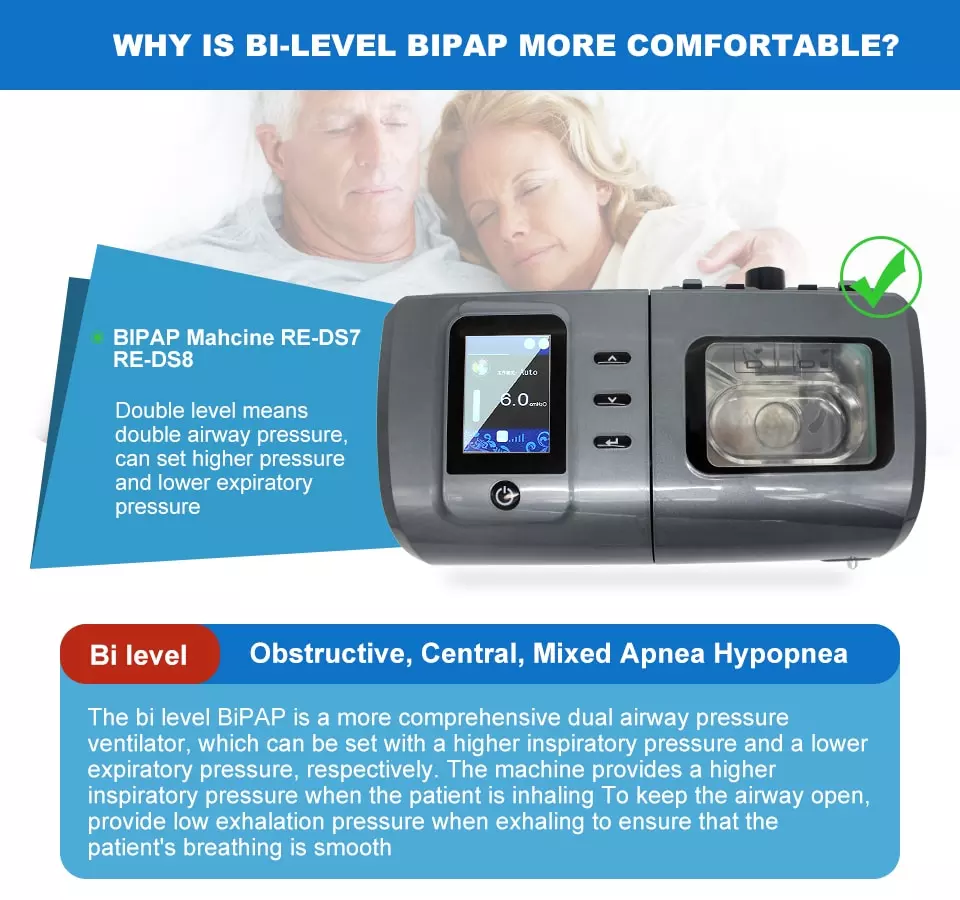
Do you know what is Respiratory Insufficiency?
External respiratory function is severely obstructed, making the arterial blood oxygen content below the normal range (partial blood oxygen pressure <8kpa) accompanied by an increase in partial carbon dioxide pressure (partial carbon dioxide pressure <6.67KPA), and a series of pathological processes with symptoms and signs. breathing is smooth
Mainly applicable to the following conditions
- Difficulty breathing,
- OSA (Obstructive sleep apnea),
- CSA (Central sleep apnea),
- MSA (mixed sleep apnea),
- COPD (chronic obstructive pulmonary disease, chronic obstructive pulmonary disease).
Moderate to mild respiratory failure, pulmonary function, respiratory insufficiency, severe sleep respiratory syndrome

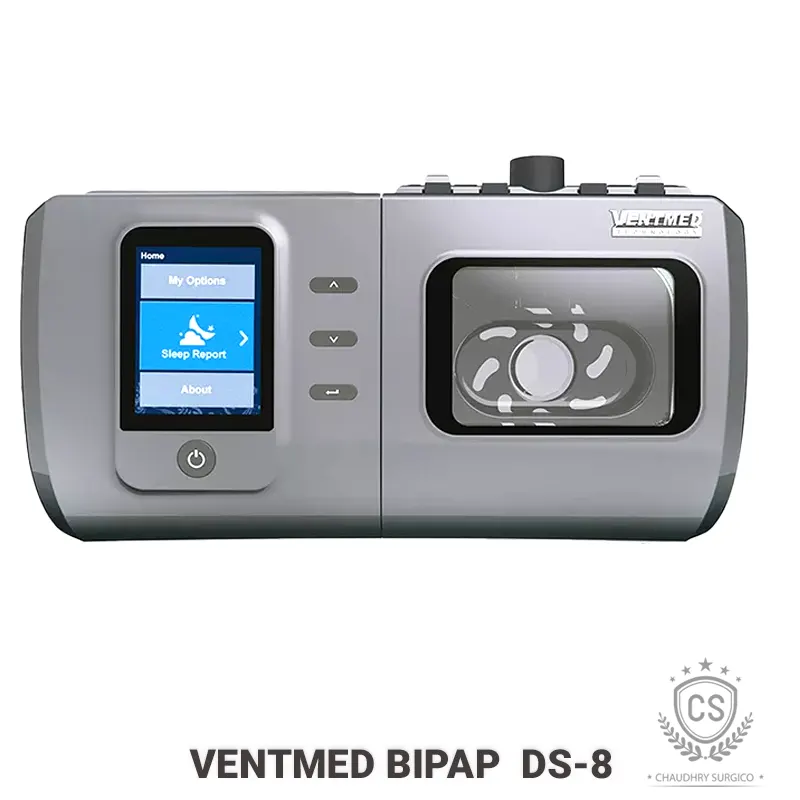

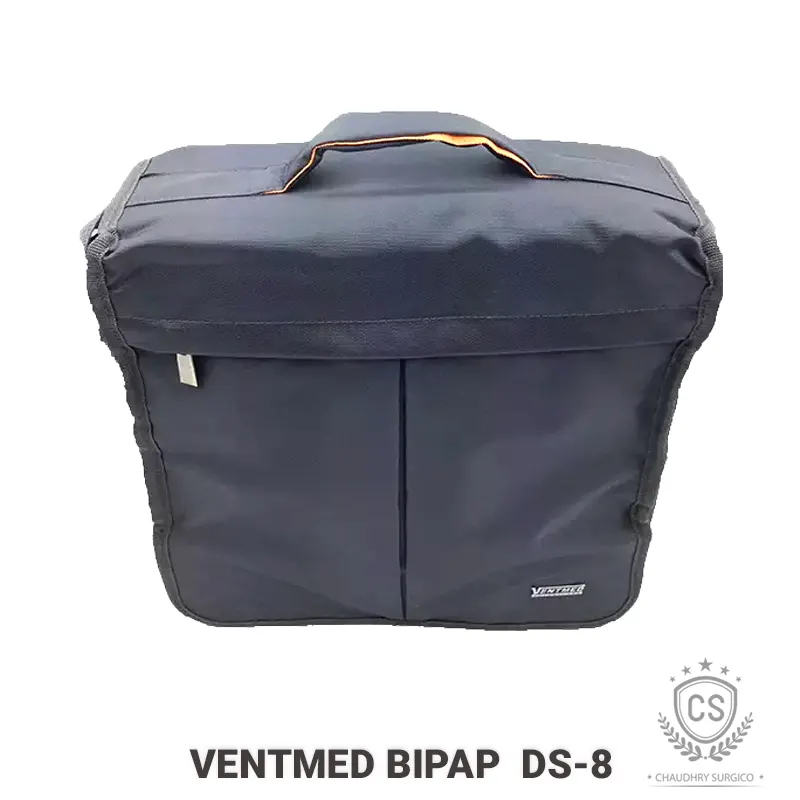
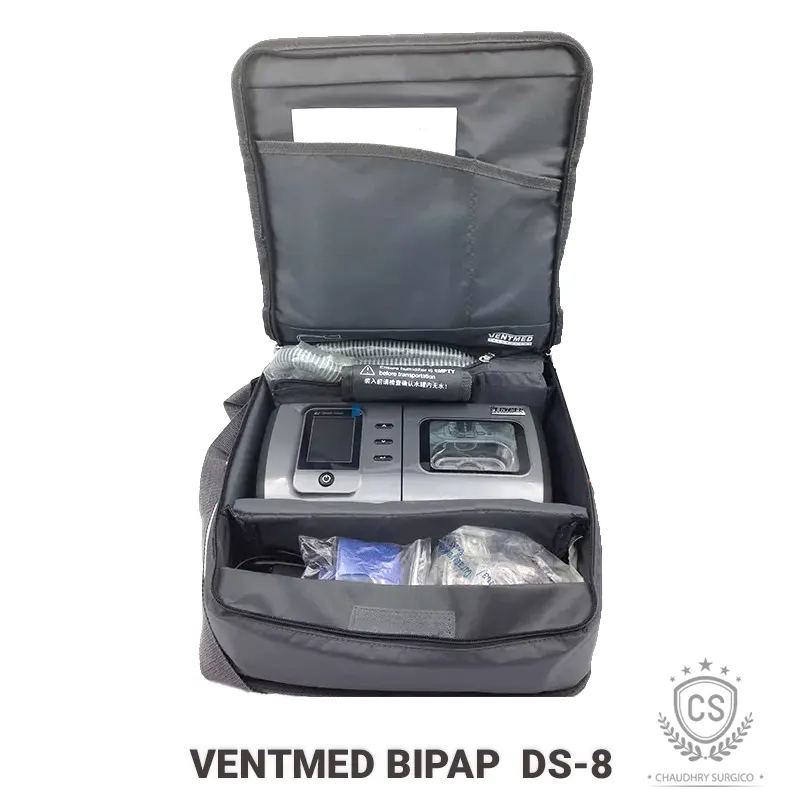
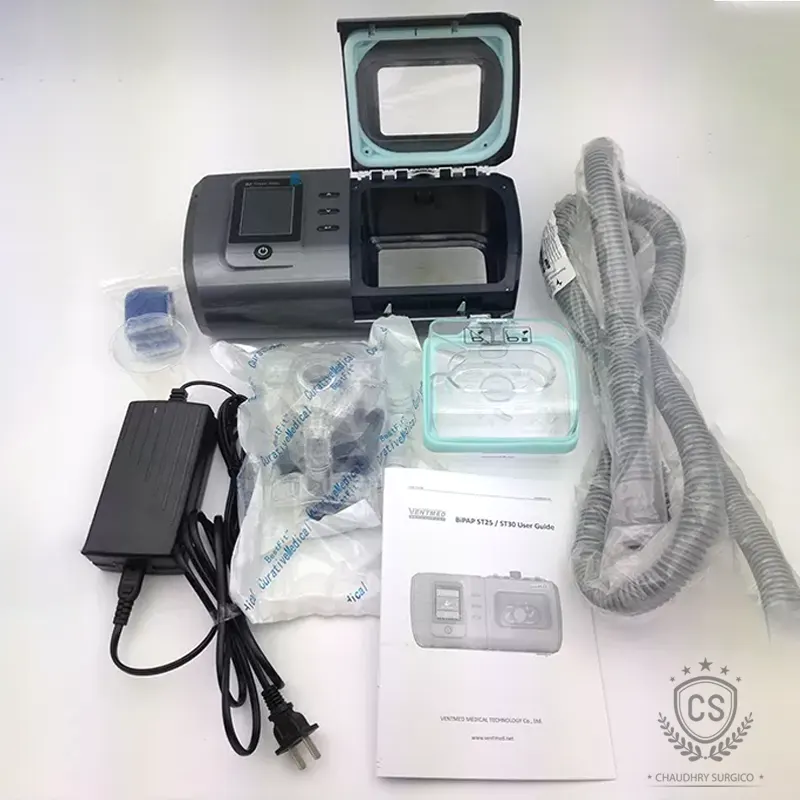
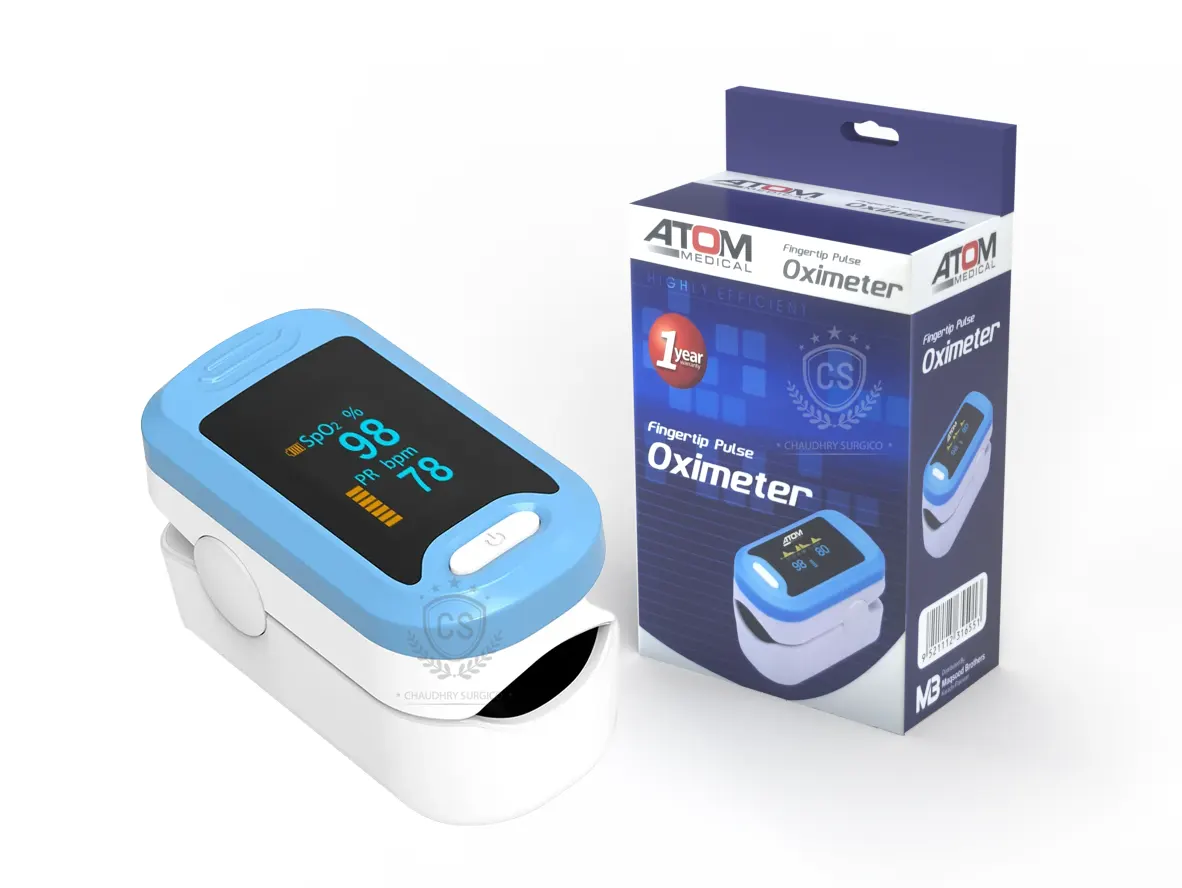


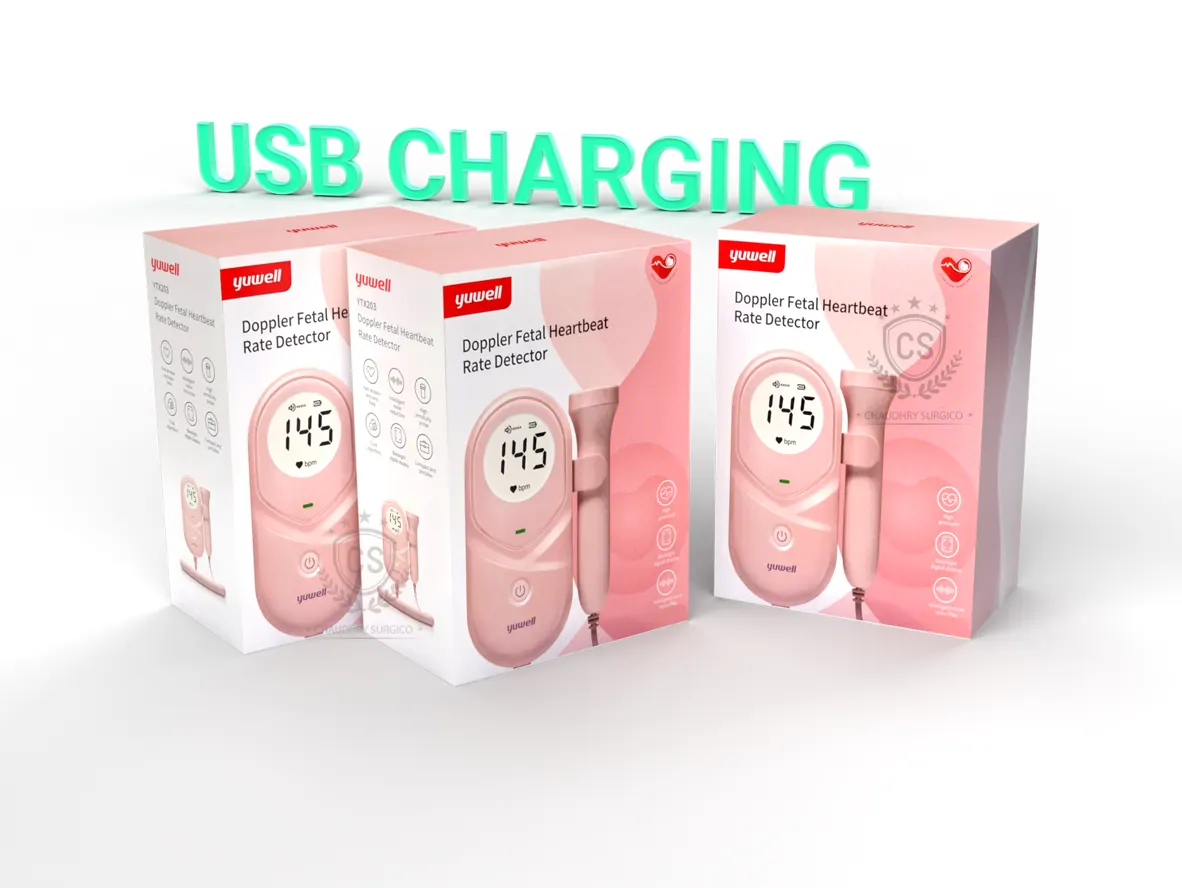
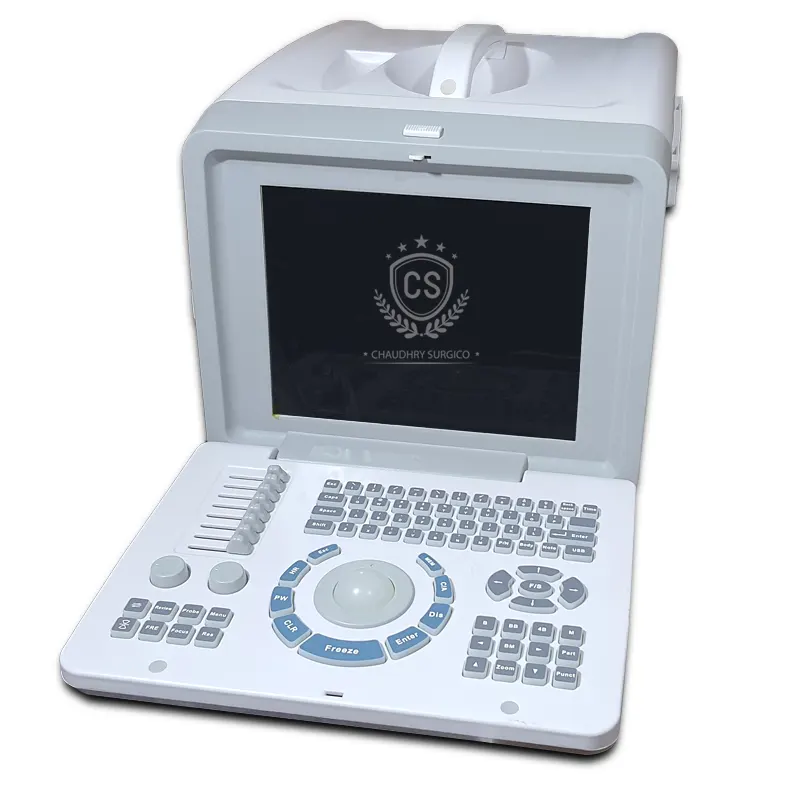
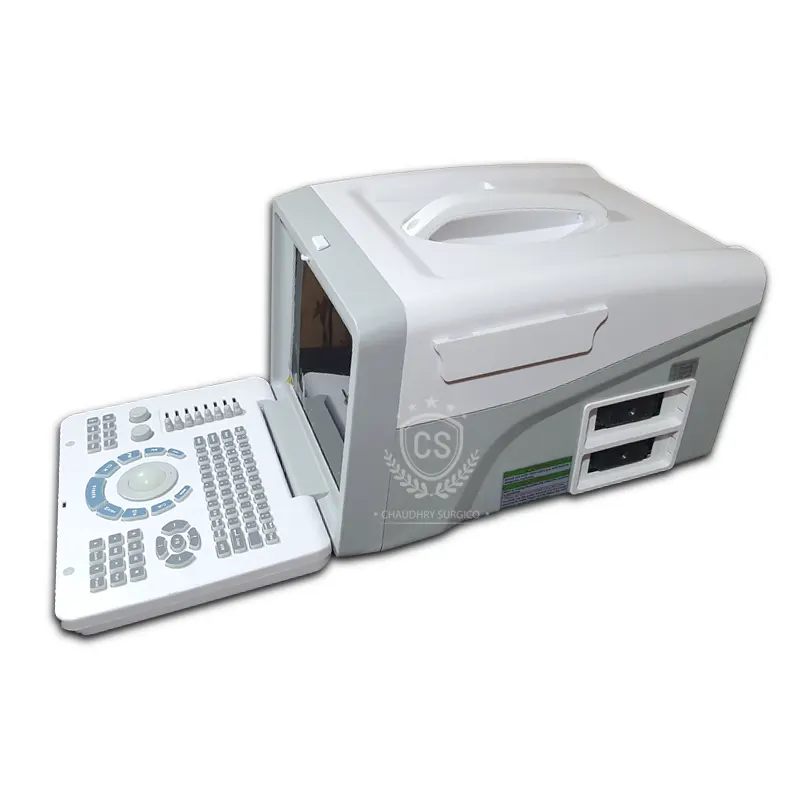
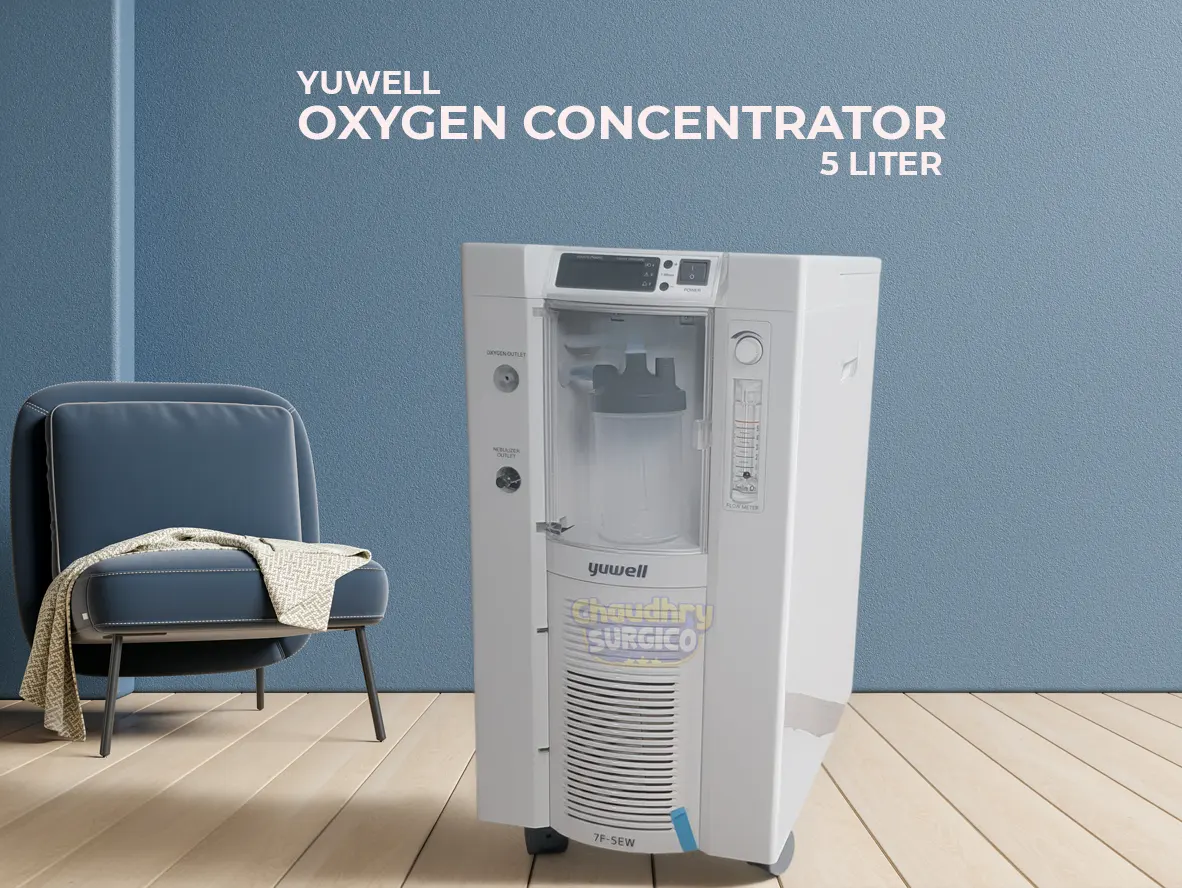
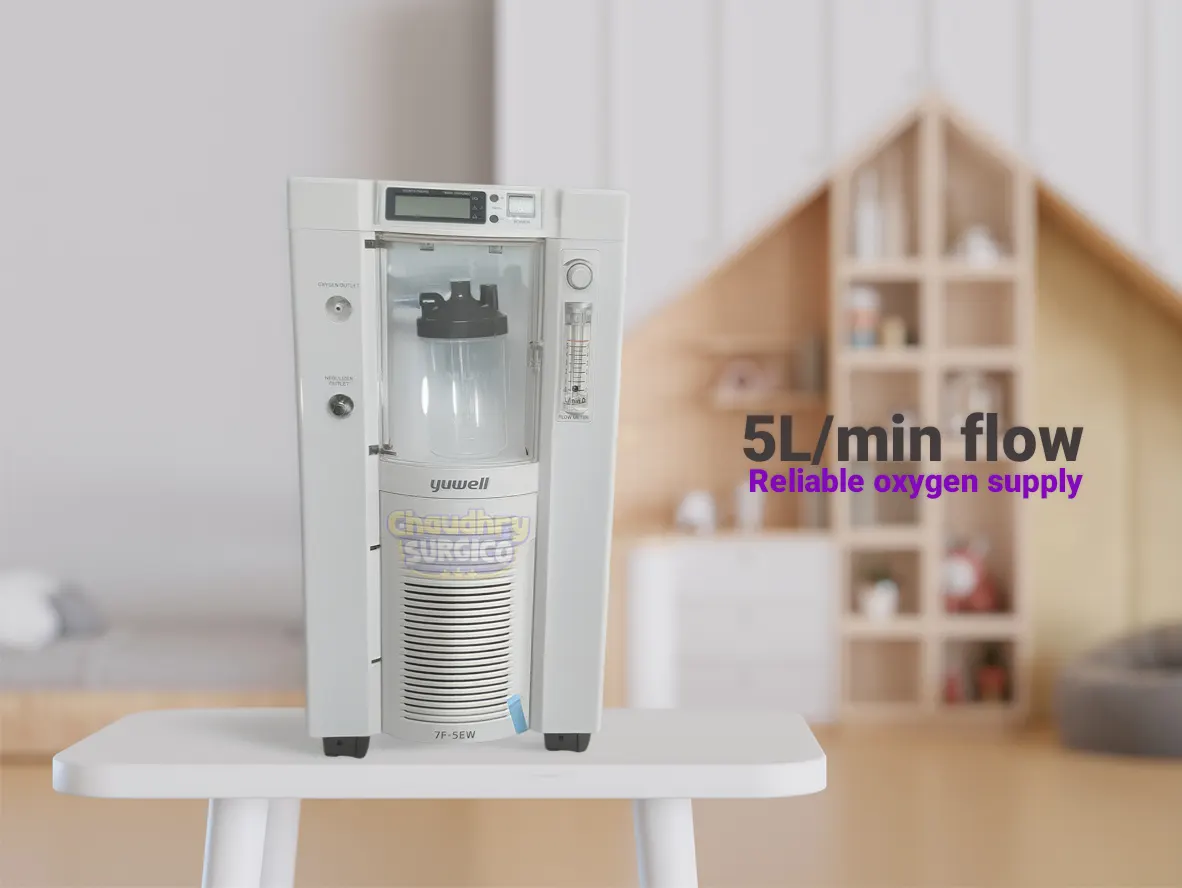
Abaya Abaya –
Amazing performed machine
fariya fariya –
bht kamal ki cheez ha bht sasti or valueable .Trusted seller
Shakil Jutt –
Airflow and pressure waves showing perfect
SD card for data communication port working good
EPR working good
Alarm for power working good
Everything working good
M Yusuf –
First of all amazing packaging just full open krny ma kam sy kam bi 15 sy 20 mint lagy 10/10 packaging . Product is in Good condition with warranty and happy with the deal .